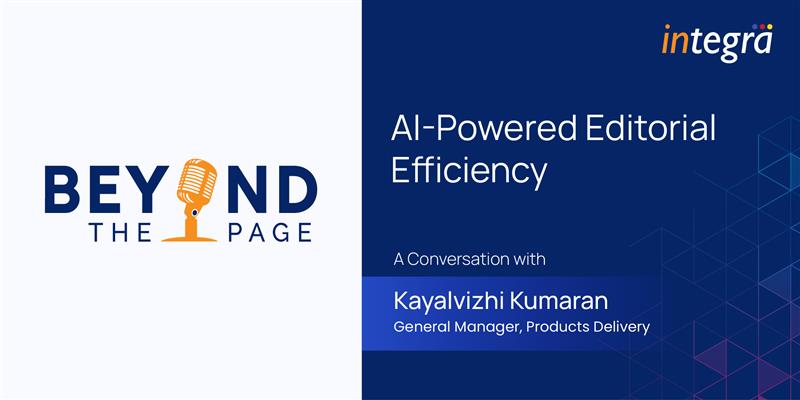When it comes to training employees within a modern organization, it is important to consider how trends are changing. In particular, workers and leaders are not learning in the same way they did in the past. Gone are the days of compact classrooms and a teacher monotonously going through PowerPoint slides that appear to be put together at the last minute. In this day and age, people prefer to learn at their own rate using the technology that they have at hand. Instead of a 500-page binder full of dense information, workers are becoming adapted to materials that are available to them on any platform, at any time.
The fact of the matter is that companies are not fully leveraging the technologies available to them in order to deliver training materials that are designed to achieve business goals and objectives. Executives and high-powered leaders know that employee learning will result in improved talent overall, which in turn will lead to company growth. In order to fully leverage technology such that employees will receive the maximum benefit from it, three things need to be done:
1) Availability on Electronic & Mobile Platforms
With an increasing number of employees using tablets and cellphones, many learning industries are quickly catching on to the fact that there will be a stronger preference for learning materials to be available on mobile platforms. By offering content that can be viewed on computers, phones, and tablets simultaneously, employees get a choice and flexibility in browsing through the content and a wide variety of learning preferences are catered for.
2) Customization for Relevance & Learning Preferences
In addition to flexibility with respect to the medium through which content is delivered, there is a strong preference for training materials that cater to the individual’s needs AND their learning preferences. What is relevant to one employee will not be relevant to another, and so an individualized approach saves time through the inclusion of relevant material, and the exclusion of irrelevant training. As for learning preferences, some people prefer to go through the slides on their own as auditory learners while others prefer to have the content delivered in a video presentation as visual learners.
3) Actionable Steps
When all of the above has been said and done, the chances of success are improved when there are actions provided with the training materials that will assist in absorbing what is learned. In other words, performance improves from doing what is taught instead of passively measuring it. For best results, include the action steps at the end of each educational session so that learners will have time to implement the materials.
With an ever-increasing amount of information in the modern age and several technology mediums through which to customize and deliver it, it would be foolish not to take advantage of these options. Your workers’ performance and the future of your company depend on it!




